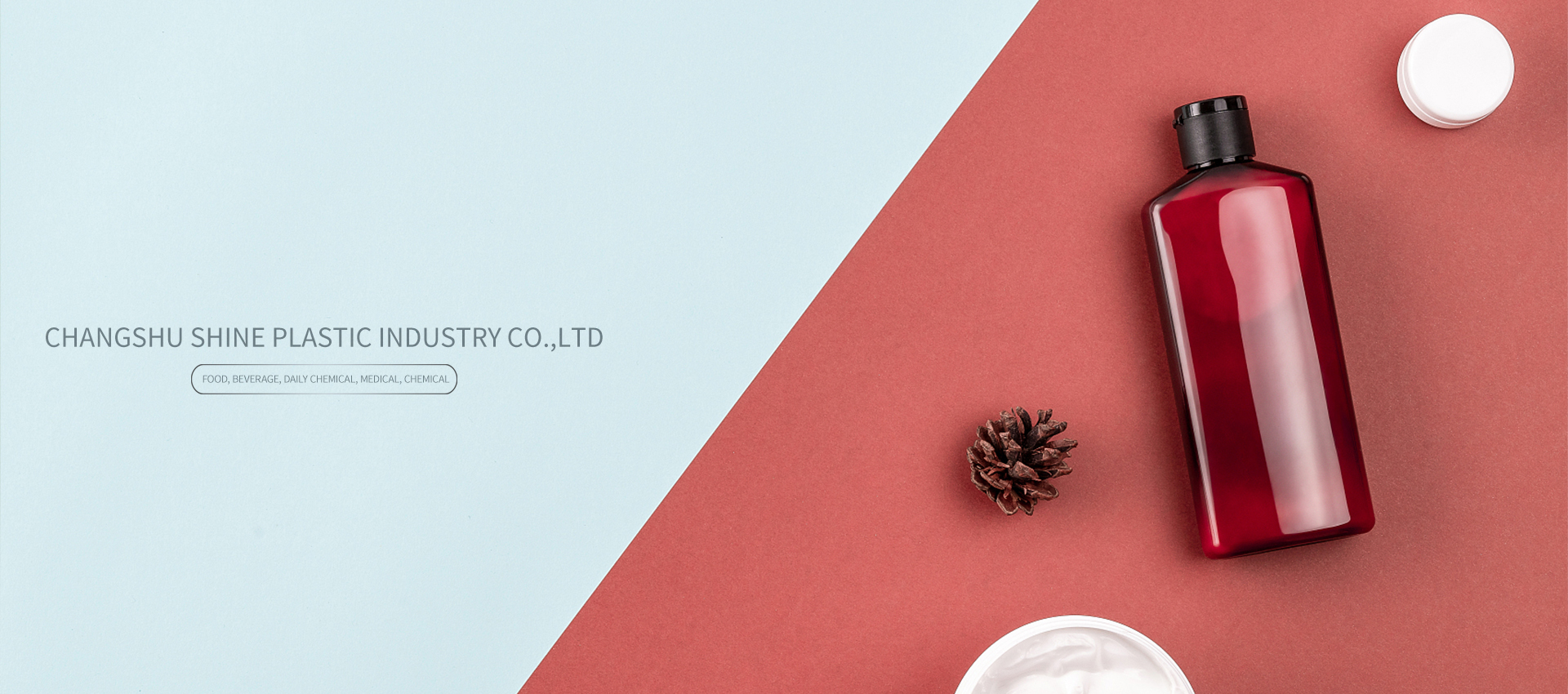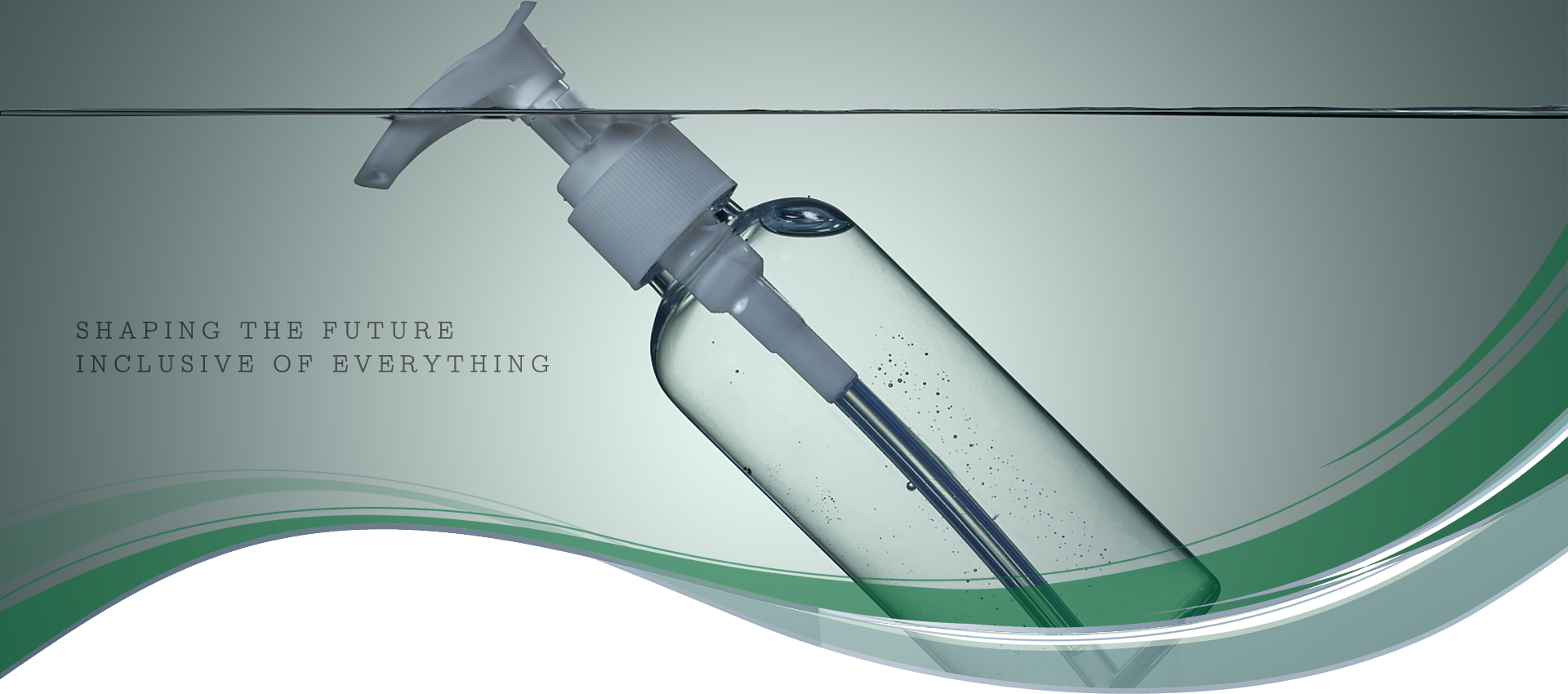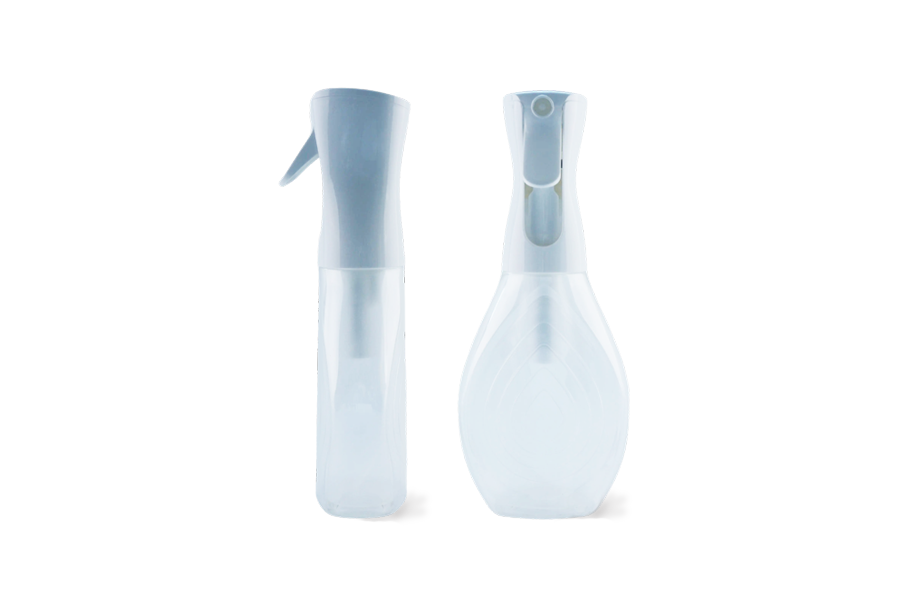
You Are Here:Home > News Center
> Industry Dynamics
News navigation
Recommended news
What is a multi-layer vacuum inner bag
source:www.zschexian.cn | Release time:2025-04-28
Multi layer vacuum inner bag is a packaging bag with a multi-layer structure used for vacuum packaging. It is composed of various materials with different functions, aiming to provide good protection and a longer shelf life for packaged items. Here is a detailed introduction about it:
1. Structural composition
Outer layer: Generally made of materials such as polyester (PET), which have high strength and stiffness, can resist external friction, collision, and puncture, protect the inner bag from damage, and provide a good surface for printing, allowing for exquisite pattern printing and enhancing the beauty and attractiveness of product packaging.
Barrier layer: usually aluminum foil or aluminum plated film is used. Aluminum foil has good barrier properties, which can effectively block oxygen, water vapor, light, etc., preventing the items inside the packaging from deteriorating due to oxidation, moisture, or light exposure. Aluminum plated film also has good barrier effect, relatively low cost, and light weight.
Heat sealing layer: Thermoplastic materials such as polyethylene (PE) or polypropylene (PP) are commonly used. These materials can quickly melt and seal when heated, forming a good seal that ensures the vacuum state of the bag is maintained. At the same time, they have good chemical stability and compatibility with the contents, and will not contaminate the items.
2. Functional features
Good vacuum retention: The multi-layer structure design gives it excellent airtightness and the ability to maintain a vacuum environment for a long time. Taking food packaging as an example, it can prevent microbial growth, slow down the rate of food oxidation and spoilage, and extend the shelf life and freshness of food.
Good barrier performance: The barrier layer can effectively block the influence of external factors such as oxygen, water vapor, and light on the contents of the packaging. For items that are sensitive to oxygen and water vapor, such as drugs, electronic products, etc., it can prevent them from being damaged by moisture, oxidation, or chemical reactions.
Good mechanical performance: The outer material endows the bag with high strength and toughness, allowing it to withstand certain pressure and tension, and is not easily broken or damaged during packaging, transportation, and storage, ensuring the safety of the contents.
3. Application scope
Food field: widely used in the packaging of various foods, such as meat, poultry, fish, vegetables, fruits, dry goods, pastries, etc. Through vacuum packaging, the freshness, flavor, and nutritional content of food can be maintained, reducing the loss of food during storage and transportation.
Pharmaceutical field: Used for packaging tablets, capsules, powders and other drugs, it can prevent drugs from getting damp, oxidized, moldy and contaminated by microorganisms, ensuring the quality stability and effectiveness of drugs within their shelf life.
In the field of electronics: suitable for packaging electronic components, integrated circuit boards, precision instruments, etc., it can prevent them from being damaged by water vapor, dust, static electricity, etc. during storage and transportation, and avoid component damage or performance degradation.
Other fields: It is also used in industries such as cosmetics, health products, and daily necessities to package products that require moisture and oxidation resistance, providing them with good storage and protection conditions.
1. Structural composition
Outer layer: Generally made of materials such as polyester (PET), which have high strength and stiffness, can resist external friction, collision, and puncture, protect the inner bag from damage, and provide a good surface for printing, allowing for exquisite pattern printing and enhancing the beauty and attractiveness of product packaging.
Barrier layer: usually aluminum foil or aluminum plated film is used. Aluminum foil has good barrier properties, which can effectively block oxygen, water vapor, light, etc., preventing the items inside the packaging from deteriorating due to oxidation, moisture, or light exposure. Aluminum plated film also has good barrier effect, relatively low cost, and light weight.
Heat sealing layer: Thermoplastic materials such as polyethylene (PE) or polypropylene (PP) are commonly used. These materials can quickly melt and seal when heated, forming a good seal that ensures the vacuum state of the bag is maintained. At the same time, they have good chemical stability and compatibility with the contents, and will not contaminate the items.
2. Functional features
Good vacuum retention: The multi-layer structure design gives it excellent airtightness and the ability to maintain a vacuum environment for a long time. Taking food packaging as an example, it can prevent microbial growth, slow down the rate of food oxidation and spoilage, and extend the shelf life and freshness of food.
Good barrier performance: The barrier layer can effectively block the influence of external factors such as oxygen, water vapor, and light on the contents of the packaging. For items that are sensitive to oxygen and water vapor, such as drugs, electronic products, etc., it can prevent them from being damaged by moisture, oxidation, or chemical reactions.
Good mechanical performance: The outer material endows the bag with high strength and toughness, allowing it to withstand certain pressure and tension, and is not easily broken or damaged during packaging, transportation, and storage, ensuring the safety of the contents.
3. Application scope
Food field: widely used in the packaging of various foods, such as meat, poultry, fish, vegetables, fruits, dry goods, pastries, etc. Through vacuum packaging, the freshness, flavor, and nutritional content of food can be maintained, reducing the loss of food during storage and transportation.
Pharmaceutical field: Used for packaging tablets, capsules, powders and other drugs, it can prevent drugs from getting damp, oxidized, moldy and contaminated by microorganisms, ensuring the quality stability and effectiveness of drugs within their shelf life.
In the field of electronics: suitable for packaging electronic components, integrated circuit boards, precision instruments, etc., it can prevent them from being damaged by water vapor, dust, static electricity, etc. during storage and transportation, and avoid component damage or performance degradation.
Other fields: It is also used in industries such as cosmetics, health products, and daily necessities to package products that require moisture and oxidation resistance, providing them with good storage and protection conditions.
Previous:
What are the applications of PE plastic bottles i…
Next:
In which industries are PE plastic bottles used m…
【Related Products】

- CHANGSHU SHINE PLASTIC INDUSTRY CO.,LTD Phone:0512-52557888 Mailbox:[email protected] Company address:No. 20 Guangyuan Road, South Development Zone, Zhitang Town, Changshu City, Jiangsu Province
-
 Scan your phone
Scan your phone

 wechat number:
wechat number:







 home
home
 WeChat
WeChat
 telephone
telephone